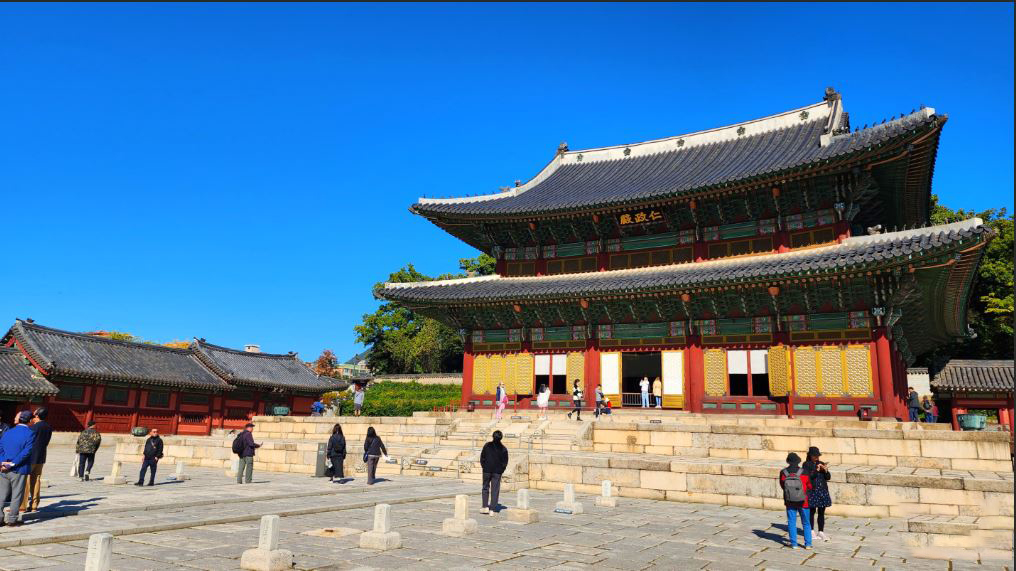
1. The Oldest of the Five Grand Palaces
Gyeongbokgung, meaning “Palace Greatly Blessed by Heaven,” was built in 1395 during the Joseon Dynasty. It is the oldest and most important of Seoul’s Five Grand Palaces.
2. The Main Royal Palace of the Joseon Dynasty
Gyeongbokgung was the principal palace of theJoseon Dynasty for over 500 years, serving as the home for kings, queens, and government officials.
3. Destroyed and Rebuilt
The palace was severely damaged during the Japanese invasions of Korea (1592-1598) and lay in ruins for nearly 300 years. It was rebuilt in the 19th century by King Gojong.
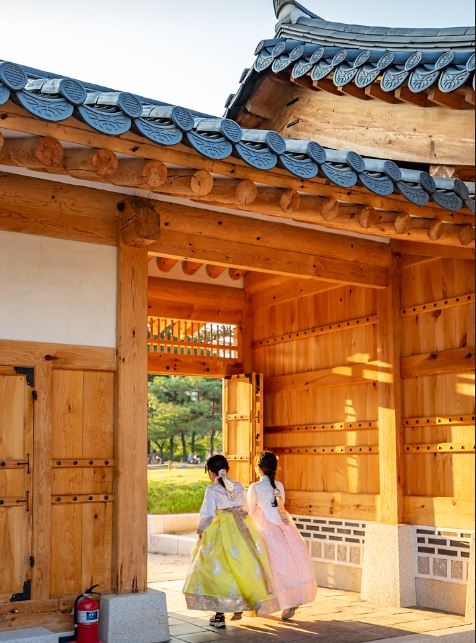
4. Japanese Occupation and Restoration
During the Japanese colonial period (1910-1945), much of Gyeongbokgung was demolished. Restoration efforts started in the 1990s, and to this day, parts of the palace are still being restored.
| Event | Importance |
|---|---|
| Built in 1395 | Oldest of the Five Grand Palaces |
| Destroyed in 1592 | Rebuilt in the 19th century |
| Damaged in 1910-1945 | Still under restoration |
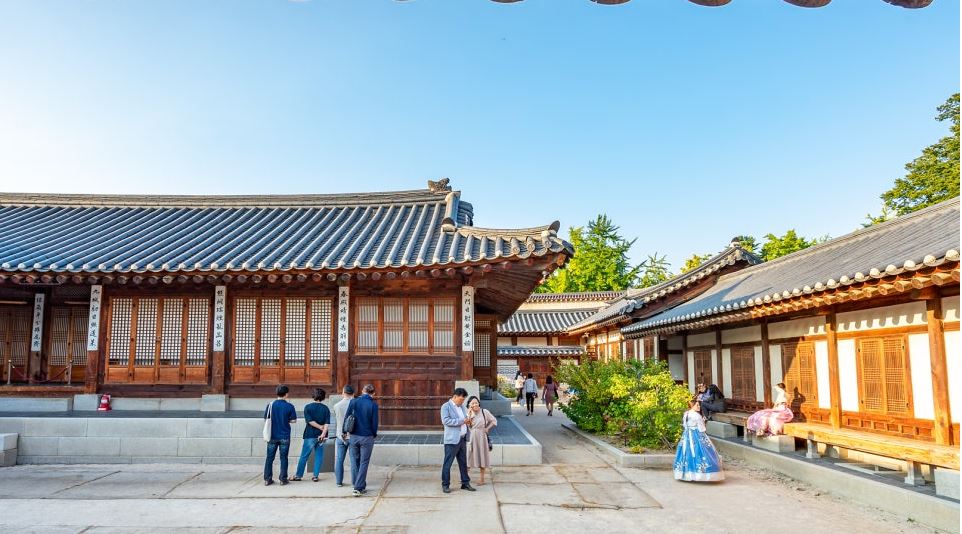
5. The Throne Hall: Geunjeongjeon
Geunjeongjeon, the main throne hall, was where the king conducted state affairs and received foreign envoys. It remains one of the most iconic buildings in the palace.
6. Gyeonghoeru Pavilion
This stunning pavilion, located on an artificial pond, was used for royal banquets and celebrations. It’s one of the most photogenic spots in the palace.
7. Symbolism of Design
The palace’s layout follows Confucian principles of order and hierarchy, with buildings strategically placed according to importance.
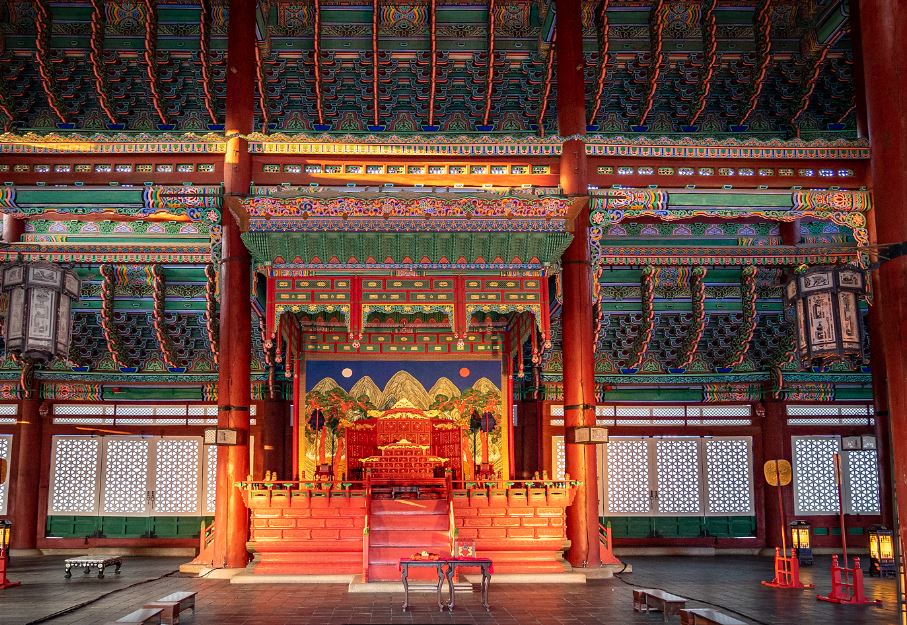
8. Changing of the Guard Ceremony
Visitors can witness the colorful Changing of the Guard ceremony, a re-enactment of the traditional royal guards’ duties, which takes place at the main gate (Gwanghwamun).
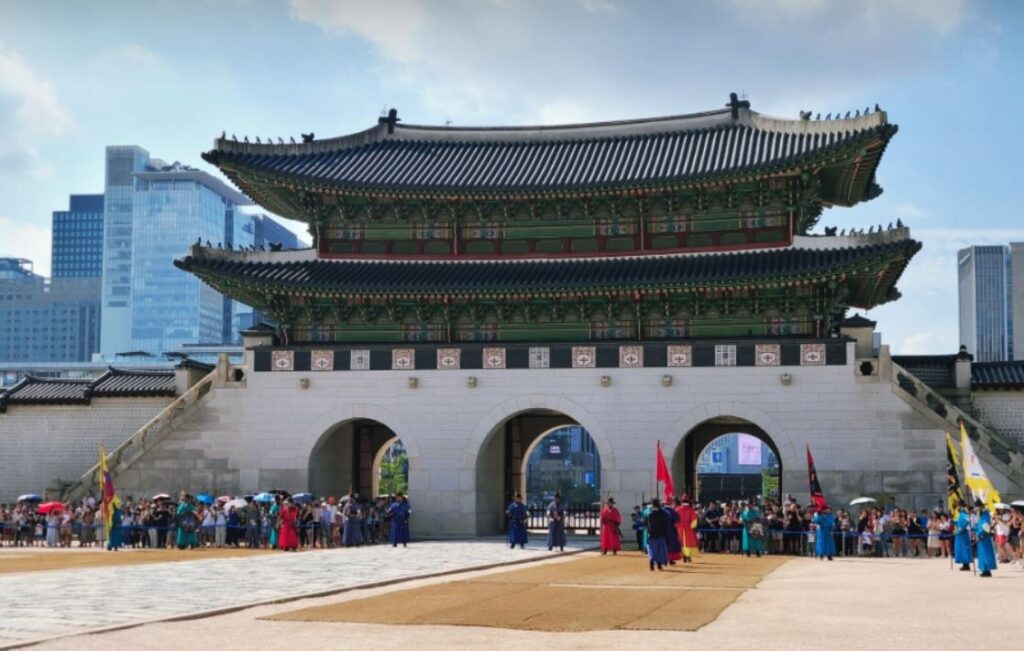
9. National Palace Museum of Korea
The palace grounds house the National Palace Museum, which offers insights into Korea’s royal history through its collection of artifacts from the Joseon dynasty.
10. A UNESCO World Heritage Site Candidate
While not yet on the official list, there are ongoing efforts to include Gyeongbokgung Palace as a UNESCO World Heritage Site due to its historical and cultural significance.
| Key Structures in Gyeongbokgung | Purpose |
|---|---|
| Geunjeongjeon (Throne Hall) | Royal state affairs |
| Gyeonghoeru Pavilion | Royal banquets |
| Gwanghwamun (Main Gate) | Entry point, guard ceremony |
These are some of the essential facts about Gyeongbokgung Palace that will enrich your visit. From its historic restoration to its majestic architecture, the palace is a gateway to Korea’s royal past. Be sure to explore the pavilion, witness the changing of the guard, and delve deeper into Korean history at the National Palace Museum.